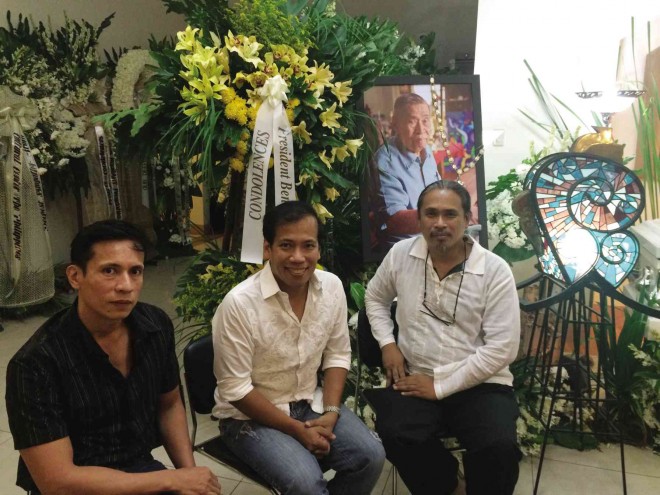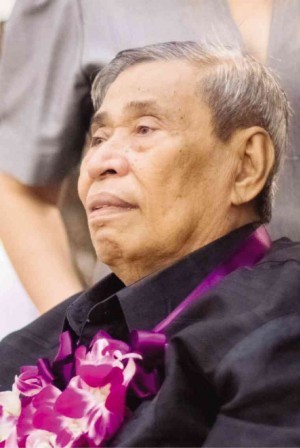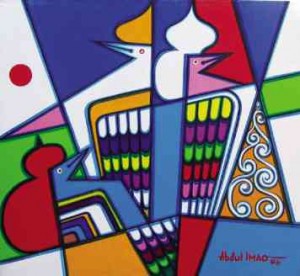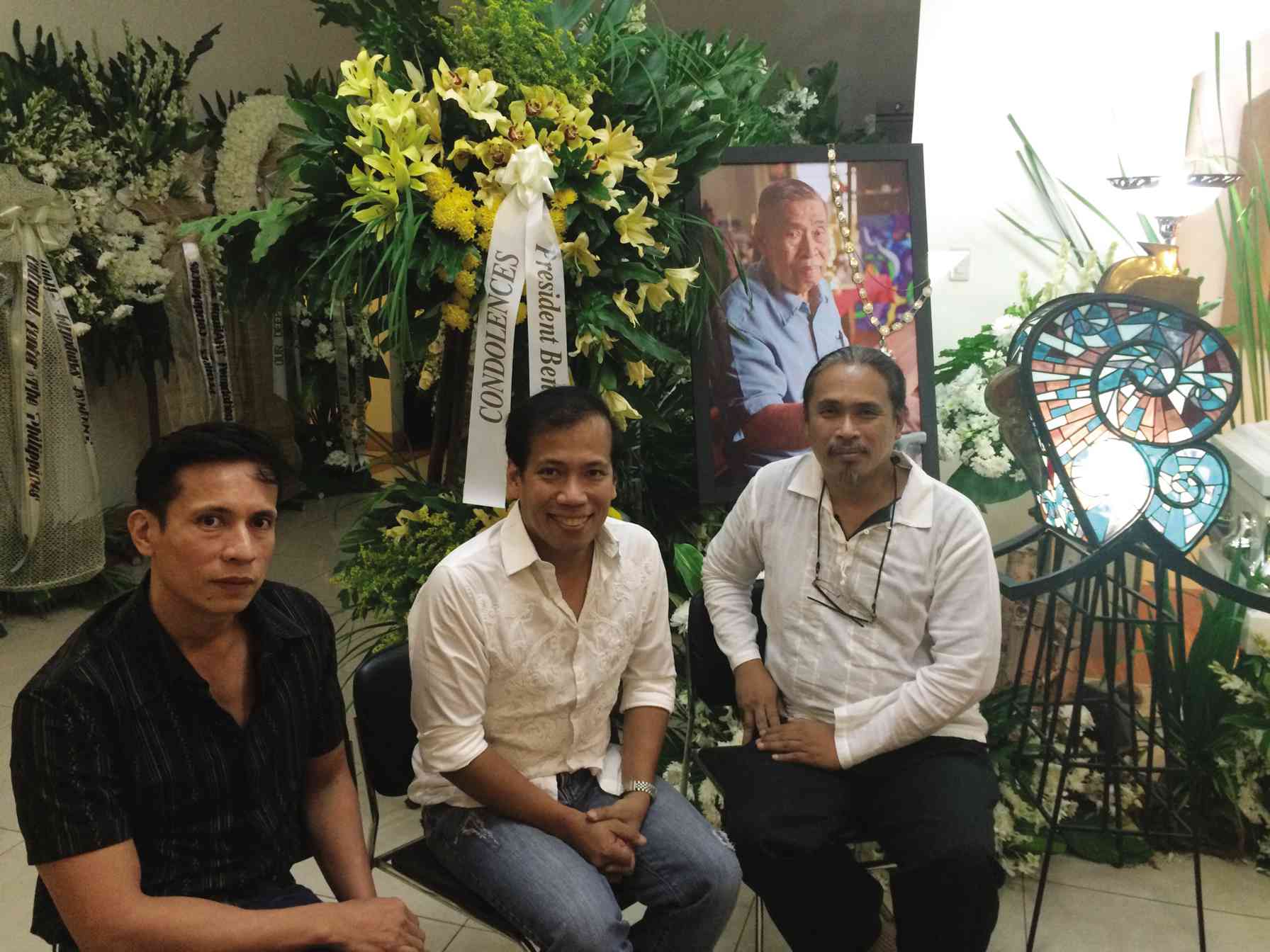

The nation may be grieving the loss of its first and only Muslim national artist, Abdulmari Asia Imao, but it is also true Filipinos now have another occasion to celebrate the life and legacy of the genius who made the Sarimanok soar.
“Through his works, the indigenous ukkil, sarimanok and naga motifs have been popularized and instilled in the consciousness of the Filipino nation and other peoples as original Filipino creations,” reads the National Commission on Culture and the Arts’ (NCCA) brief bio of the late master.
Likewise because of Imao’s art, Muslim culture has been brought closer to Filipinos all over despite cultural barriers and differences.
“Imao has helped develop among cultural groups the trust and confidence necessary for the building of a more just and humane society,” says the NCCA brief.
“Abdulmari Imao truly deserves the honor of being proclaimed a National Artist for Sculpture,” said sculptor Ramon Orlina. “During his practice, he taught bronze casting here and abroad. His Sarimanok is an icon of Muslim art in the Philippines. Now, his sons follow in his footsteps and are leading sculptors.”
Despite taking on indigenous motifs, Imao was noted for recasting them in sophisticated modernist forms that were never parochial.
A native of Jolo, it was seaside living that developed young Abdulmari’s keen eye for aesthetics. He grew up in a town where nature’s beauty was virgin and boundless—where he was free to watch boatmen work relentlessly on their craft, carving and chiseling away.
It did not come as a surprise to many when, upon finishing high school, Imao left his beloved Sulu and made his way to Manila to pursue formal art training. He enrolled at University of the Philippines and majored in Sculpture under the tutelage of maestros such as Napoleon Abueva and Guillermo Tolentino, later to become national artists themselves.

After graduating in 1959, Imao expanded his horizons as a Smith-Mundt and Fulbright scholar at University of Kansas in the United States, where he attained his master’s degree in Sculpture and majored in Metal Brass Casting.
Under yet another scholarship, he took advanced sculpting and ceramics classes at the Rhode Island School of Design.
Later on, Imao studied photography and documentary motion picture as a faculty scholar at the Columbia University in New York.
In 1963, Imao was the first Asian to receive the New York Museum of Modern Art Grant to Europe and Scandinavia.
When it was time for Imao to go back to the Philippines, he decided to dedicate his career to memorializing his roots and taking a closer look at the art of his homeland. He invested time in creating monuments of regional heroes and large-scale sculptures that could be seen all over the country.
Among his landmark works are “Industry Brass Mural” and “Industrial Mural” in La Union, “Mural Relief on Filmmaking” at the Manila City Hall, and “Sulu Warriors” at the Sulu Provincial Capitol.
Meanwhile, his calligraphic brass sculpture and paintings are also on view in Riyadh, Saudi Arabia.

After years of upholding Muslim culture, Imao was named National Artist for Sculpture in 2006. A master of three-dimensional art, Imao was also known to be a filmmaker, ceramist, painter, photographer, cultural researcher and writer.
Metropolitan taste
Well versed in many fields, Imao’s provincial roots are balanced by his metropolitan experience, resulting in his very well-known social buoyancy, which has endeared him to many.
“He was [even] into palm reading,” said Cielo Florendo-Imao, writer and wife of Abdulmari’s third son Juan Sajid, as she lightheartedly recalled how her father-in-law had once correctly guessed the genders of her two children even before their birth. “He was such a doting grandfather,” she added. “He would constantly brag to friends and relatives about his grandchildren’s talents and achievements.”
Florendo-Imao even recounted what the elder Imao did upon finding out she was Ilocano.
“He spoke to me in Ilocano! He even got the accent right! He also knew how to speak Bisaya and Bicolano,” she said.
His friends and other artists would remember Imao as incredibly sharp, but down-to-earth and humorous.
Abdulmari Asia Imao passed away last Dec. 16. He was 78. A state funeral was held yesterday, and he was buried at the Libingan ng mga Bayani. He is survived by his children Abdulmari Imao Jr., Josemari Imao, Juan Sajid Imao and Alkarim Imao.













































